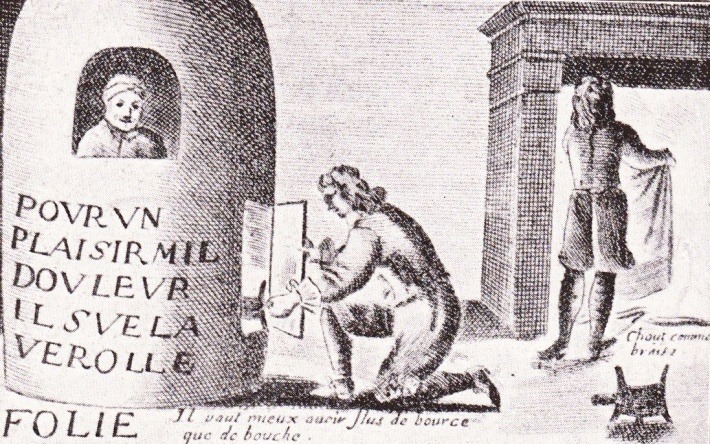It is an underappreciated fact that women are hit particularly hard by the United States’ ever-increasing tariffs on imports and burgeoning trade war with China (and, possibly, other countries as well).
Recently another set of tariffs on imports took effect, raising prices on hundreds of goods especially important to women, including foodstuffs and appliances. It may sound trite—or worse—to associate these goods primarily with women. But economic history clearly shows that labor-saving appliances and ready-made food products save women time, thereby expanding their opportunities, and allowing them to improve their education and skills, pursue employment outside the home, and do other things they value.
Consider just one appliance that the administration’s tariffs have hit especially hard: the washing machine. Just a century ago, women would spend at least one full day of their already overburdened week soaking, stirring, boiling, wringing, hanging, deodorizing, starching and then folding and ironing their household laundry.
Today, the washing machine reduces the amount of weekly active work on laundry to around an hour. As University of Cambridge economist Ha-Joon Chang has noted, “Without the washing machine, the scale of change in the role of women in society and in family dynamics would not have been nearly as dramatic.” Yet the U.S. recently placed a 25 percent tariff on Samsung and LG washing machines from South Korea, and has tariffed the foreign steel and aluminum used in American-made washers. As a result, the price of these machines has already increased 17 percent.
The new tariffs will increase the cost of countless goods that have freed women’s time and dramatically improved gender equality, helping make two-earner households possible. Consumers will see heftier price-tags on vacuum cleaners, sewing machines, refrigerators, dishwashers, kitchen waste disposers, blenders, food processors, toaster ovens, microwaves, kitchen ranges and ovens, slow cookers, and virtually all other appliances. (The full list of products targeted by the latest tariffs is 194-pages-long.) The increase in cost will represent an abrupt change for the worse after global trade liberalization had previously lowered the cost of many those same goods over the past decades.
The tariffs will thus target and raise the cost of appliances that have been key to women’s empowerment historically. Thanks in part to the affordability of everyday kitchen appliances, cooking has changed from a necessary, labor-intensive task to a largely optional activity in the United States. Back in the days of churning butter and baking one’s own bread, food preparation consumed as much time as a full-time job. But by 2008, the average American spent around an hour on food preparation each day, and from the mid-1960s to 2008, women more than halved the amount of time spent on food preparation. Yet women still cook more than men in the United States, and so any increase in the cost of kitchen appliances is a tax on items that women use the most.
As globalized market competition made household appliances increasingly affordable, it reduced the burden of housework, enabling more women to participate in the labor force and obtain economic independence In 1900, the average American woman spent nearly 47 hours a week on housework; by 2011, that had fallen to just over 26 hours a week. While some of that change can be explained by more equitable divisions of household labor, women’s housework hours have decreased faster than men’s have increased. In other words, a lot of the credit for freeing women’s time is owed to labor-saving technologies—and ultimately, to the market-driven innovation and global competition that make time-saving devices available and inexpensive. That is one reason why, as an upcoming policy paper of mine argues, markets have improved the lives of women even more so than for men.
Of course, women are far from the tariffs’ only victims. Trade wars increase costs for all Americans, and the latest round of tariffs will likely slow down the entire U.S. economy’s growth this year by 0.1 percentage point. That means fewer jobs and lower salaries in addition to higher prices.
Still, women have a particularly strong claim to offense regarding current U.S. trade policies. The administration should immediately deescalate the trade war, and return to the free trade goals that the president espoused this summer. “No tariffs, no barriers, that’s the way it should be,” he opined at the time. Such a policy would indeed be far superior not only for economic growth and consumers’ wallets, but for the nation’s women.
A version of this first appeared in The Hill.






